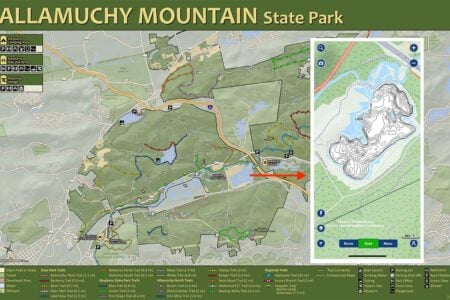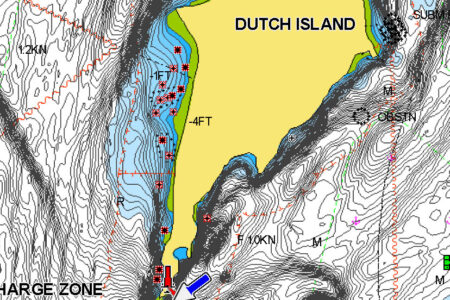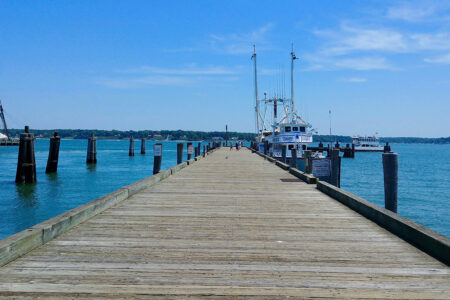
I’m always amazed that there are still surf fishermen out there who spend little or no time on the backsides of our South Shore barrier beaches. In recent years, seminars, books and articles – and let’s not forget social media – have helped enlighten more casters to the productivity of these structure-rich and often bait laden waters.
One such area is South Beach on the backside of Fire Island, and more specifically, Robert Moses State Park. While charts and maps often recognize South Beach as a lengthy stretch along the north side of Fire Island, most anglers, boat and surf, refer to South Beach as the stretch running from the Fire Island Coast Guard Station, east to the Fire Island Lighthouse or Kismet Reef. It was my playground for many years dating back to the late 1960s when as a teenager I would work this shoreline with large metal lip swimming plugs or drift live baits like flounder, blackfish and bunker along its rips and drop-offs. Exploring this stretch by boat also led to the discovery of several wrecks and submerged pilings within casting distance of the shore. The pilings are the remnants of docks that long ago were used to ferry supplies from the Island to the mainland.
Few people paid attention to this area except a handful of local striper sharpies. I’ve always believed that this lack of activity was a major reason for the excellent fishing found along this shore. There was minimal boat traffic and virtually no shore activity except for the Fire Island deer herd. Bass would settle in, and there was little to disturb them.
My success in the boat led me to start beaching the boat and wading the shoreline, since access from shore was difficult. Eventually we would resort to riding a bicycle from Robert Moses Field Two and stashing it in the pines and beach grass. Myself and a couple of close fishing buddies had the area to ourselves for many years and worked hard to keep it that way by hiding from approaching vehicles and limiting our fishing to late night hours. Eventually, a few more people were introduced to the spot and it wasn’t long before human nature prevailed and their friends became privy to the fishing here. Also, as a member of the State Park Fishing Advisory Board, I was tasked with finding ways to improve fishing access within the park system. There was always a group of casters who requested we try to gain parking access to the easternmost parking fields so that they could access additional ocean beachfront. State Parks eventually agreed to open up Field 4 and it took some time for most people to catch on to the backside opportunities there. These days there are well trodden trails from the roadway to the backside as each season sees more and more casters explore this shoreline.
The reality is that the quality of the fishing these days falls far short of what it was for many years along this stretch, when landing six to 10 quality bass on a tide was often the norm. Declines in the striper population, the fact this area now sees more than its share of boat and shore traffic, and a greatly diminished number of resident fish are all partly to blame, but given the generally poor surf fishing for stripers in recent years, this area continues to provide a very good opportunity to shorten the time between strikes.
If you are looking for quality, casting unweighted live eels 1-1/2 hours on either side of high or low slack on night tides is tough to beat. Plugging will also produce big fish here, and I’ve had many good fish on darters and Bomber style swimming plugs in the dark. Pencil poppers or large Danny style metal lip swimmers worked at first light can produce explosive surface strikes from quality bass and sometimes blues. During years when weakfish populate Great South Bay, bucktailing the rips or drop-offs can produce good numbers of yellowfins. Some of the best surf fishing I’ve had for weakfish occurred along this stretch during years of weakfish abundance. Unfortunately, every year is a guessing game whether weakfish will show up or not, but there were some encouraging signs scattered around Long Island last season.
While I generally prefer winds from a southerly or light westerly quarter, I have had several very good nights with a strong northwest wind in my face. Such a wind can make for uncomfortable conditions since fishing here requires wading out on the shelf that runs along much of this shore line to put you within casting distance of the most productive water.




